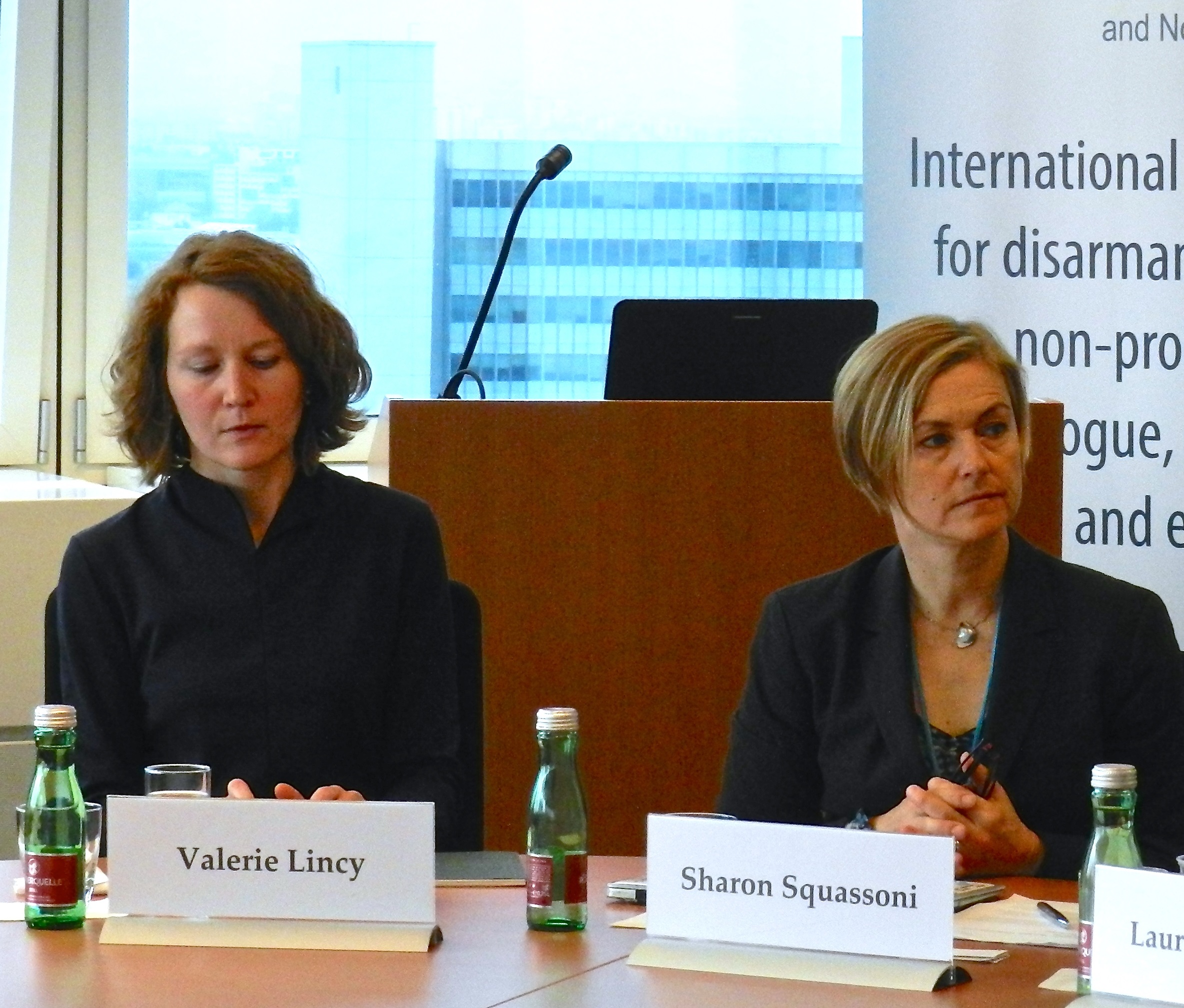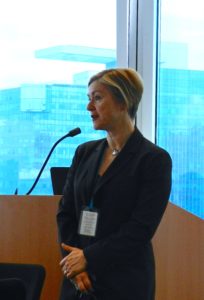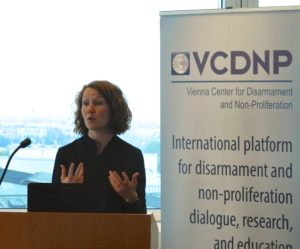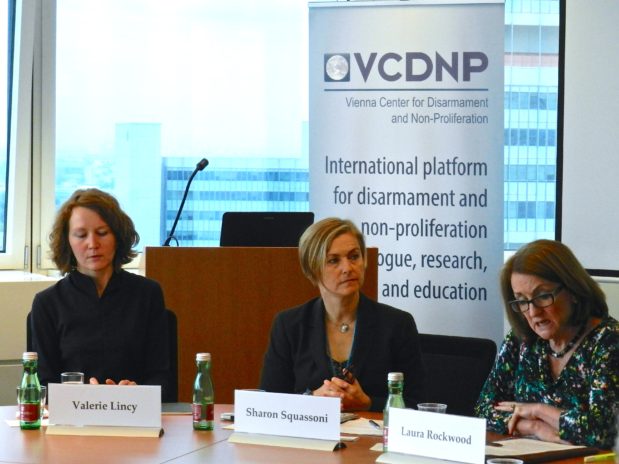
On 3 May 2017, the VCDNP held a seminar in collaboration with the Center for Strategic and International Studies (CSIS) entitled “Transparency and the Treaty on the Non-Proliferation of Nuclear Weapons (NPT): New Goals and Norms,” featuring Sharon Squassoni, Director of the Proliferation Prevention Program at CSIS, and Valerie Lincy, Director of the Wisconsin Project on Nuclear Arms Control.

Ms. Squassoni shared the findings of a workshop held by CSIS on transparency measures for nuclear weapons and fissile material. She explained that in the context of the workshop, transparency was defined as the “voluntary release of information previously kept confidential.” She further clarified that the purpose of transparency was to provide confidence in intention rather than confirmation or verification of information. Ms. Squassoni noted, however, that transparency is not a substitute for disarmament or an end in itself, but a means to advance nuclear disarmament. Within the NPT context, for example, transparency can help show progress in implementing disarmament obligations.
Ms. Squassoni discussed the issue of norm building, arguing that if one nuclear weapon State (NWS) reported information on, for example, fissile material stocks, it could lead to other NWSs eventually following suit. Such norms, she added, should be promoted not only among policy makers but also among the public. Ms. Squassoni also argued that civil society estimates help to both put pressure on governments to be more transparent and educate the public. In this regard, she highlighted the role that civil society plays in providing estimates of fissile material and nuclear weapons stocks, an issue that was discussed in particular at the CSIS workshop. The questions addressed included what information on fissile material and nuclear weapons holdings was available, how such information was obtained, and how to improve information collection. The workshop prepared a “wish list” for better information exchange, targeting both governments and civil society. For the former, the wish list included collaboration among governments to conduct a verification experiment on weapons dismantlement, establish a nuclear archeology project covering reactor plutonium production, report on the number of missiles China is deploying or plans to deploy, and release New Strategic Arms Reduction Treaty data on Russia. For civil society the wish list included eliminating information pay walls and training journalists and the next generation of analysts.

Ms. Lincy discussed the issue of transparency with regard to the Joint Comprehensive Plan of Action (JCPOA). She argued that while the JCPOA promised increased transparency and more information about Iran’s nuclear program, that promise has not been fulfilled. She further suggested that although initially, the lack of transparency might have been necessary to preserve the agreement, the current lack of transparency is hurting the deal. In this context, she discussed two aspects of the JCPOA: the International Atomic Energy Agency (IAEA) reporting and inspections, and the decision-making and operation of the JCPOA Joint Commission.
On reporting, Ms. Lincy argued there is a “paradox,” in which the IAEA is collecting more information about Iran’s nuclear program than in the past, but its reports pursuant to the JCPOA actually contain less information than previously on matters related to nuclear material stockpiles, centrifuge operations and certain research and development (R&D) activities. The reason for this situation, she believes, lies in the interpretation of the UN Security Council Resolution 2231 and the IAEA Board of Governors Resolution 2015/72, which serve as the legal basis for current IAEA reporting on Iran’s nuclear program. Ms. Lincy suggested that it might be possible to revert to the previous level of detail in reporting by adjusting the interpretation of the two resolutions rather than adopting any new documents. She also noted that there is little reporting on the implementation of challenge inspections or complementary access and that it is important to have more information about how these activities function.
Concerning the JCPOA Joint Commission, Ms. Lincy noted that the decisions and deliberations of this body are confidential and, therefore, there is little official information on how the commission operates. As an example, she discussed the issue of nuclear exemptions requested by Iran. The JCPOA Joint Commission has granted Iran a series of exemptions, for such activities as R&D on nuclear fuel, operation of hot cells, testing of centrifuges, and others. However, information about these exemptions appeared first in the media, and only later were official documents made available. It is not clear how decisions were made concerning these exemptions, and, Ms. Lincy argued, more information about the process should be made public. Finally, she noted that there is a strong argument for increasing overall transparency as a means of preserving the deal, as more transparency would help determine whether the agreement is being implemented fully.
